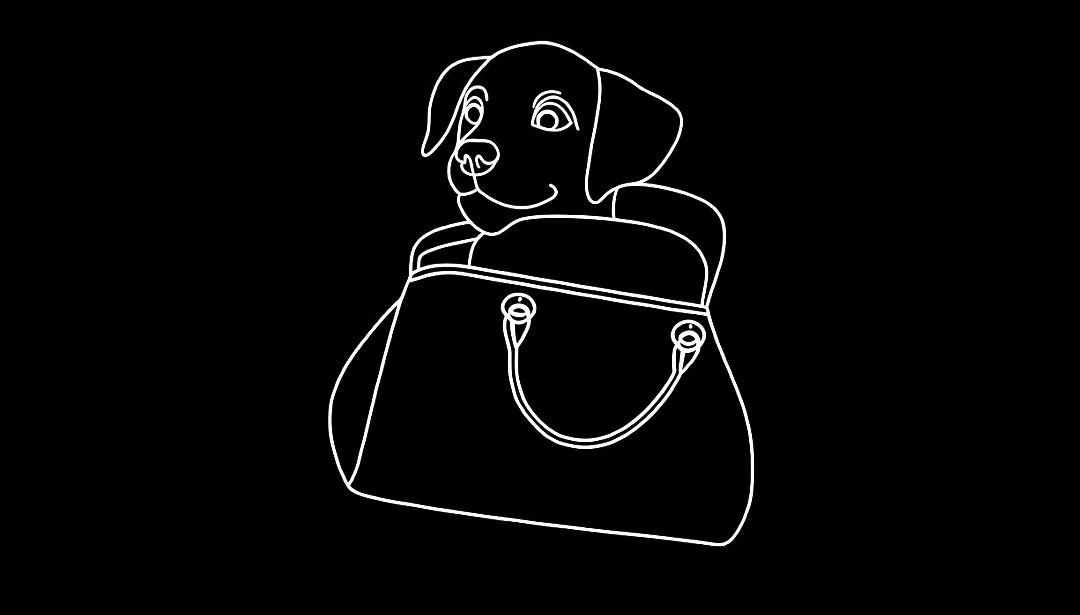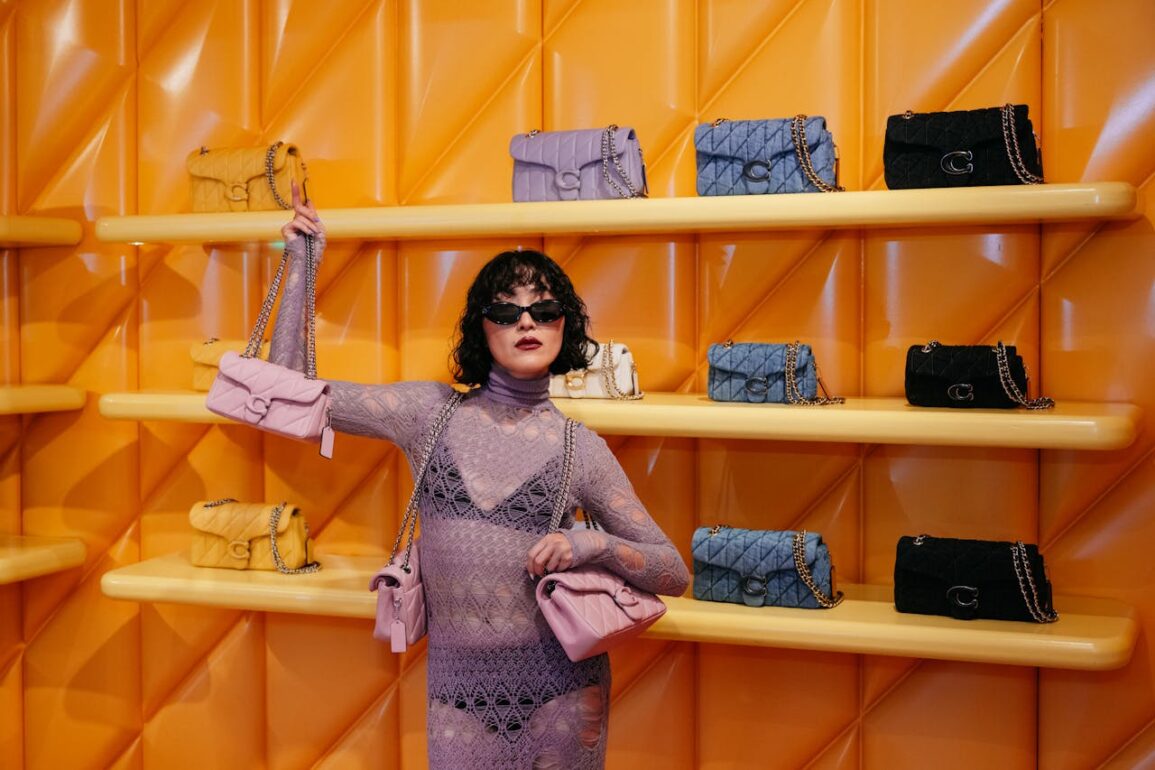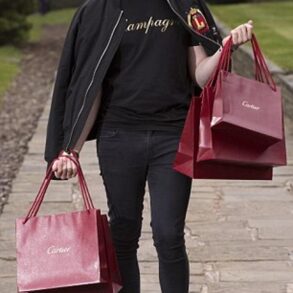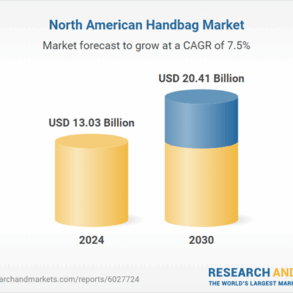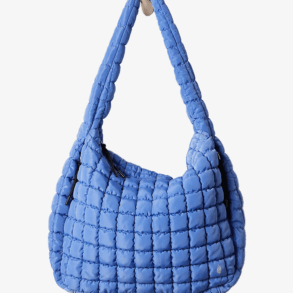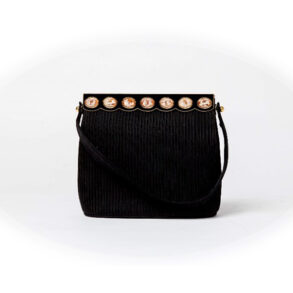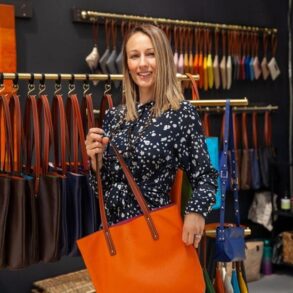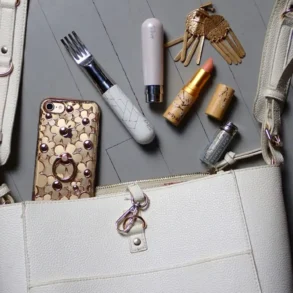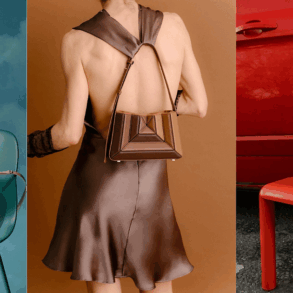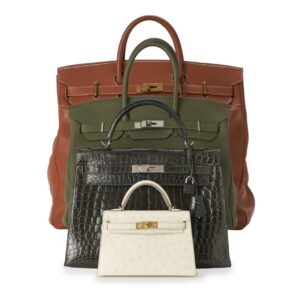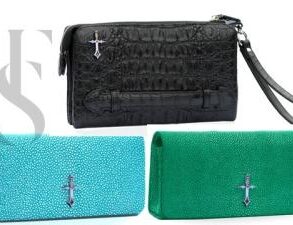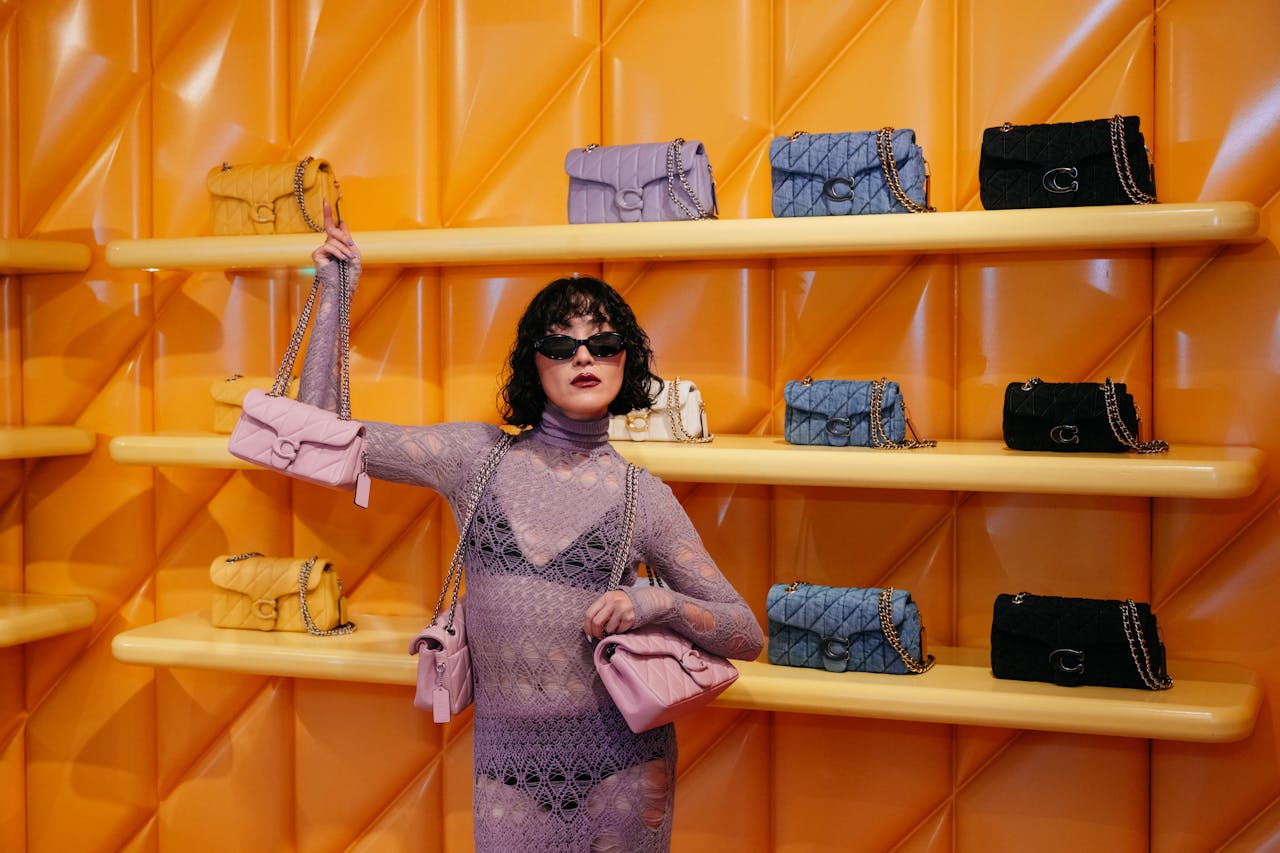
Handbag maker Coach recently hosted an event in Melbourne that recorded some impressive numbers. Paul Cotton, of Jack Morton Australia, explains why it hit such a chord with a new demographic of customer.
In a time when attention is fragmented and brand loyalty is fragile, legacy brands are learning a hard truth: you can’t buy relevance – you have to earn it. So when a brand makes a comeback, there’s a certain alchemy involved – a blend of nostalgia, innovation, and one of the most powerful tools: brand experience.
Coach is a prime example of how to do it right. The brand’s recent Melbourne activation, Coach’s Tabby Laneway saw the fashion brand turn a car park into a retail-focused immersive experience. Named after its popular Tabby handbag, the event not only showcased a product but created a multisensory journey designed to ignite interest in the brand with a younger demographic and position it firmly within its zeitgeist.
In other words, bring the brand back into the hearts (and feeds) of a new generation. Here’s how Coach did it, and what other brands can learn.
Want to go deeper? Ask The Drum
The playbook
Firstly, the event showed why it’s important to make experiential marketing emotional, not transactional. Today’s consumers don’t want to be sold to, they want to feel something. The most successful brand experiences don’t just inform; they transform. Coach didn’t simply display its Tabby bag. It built an environment where people could explore, engage, and connect.
Each element of the experience was designed to tap into a feeling – nostalgia, joy, curiosity – which is exactly what drives lasting brand affinity. Brands that create emotional memories are the ones consumers come back to. So, remember: it’s about connection, not conversion.
Secondly, Tabby Laneway showed how important it is to tap into local culture to build global meaning. Global brands often miss the mark by going broad instead of going deep. Coach succeeded by embedding its experience in the cultural fabric of its host city. Melbourne’s iconic ‘laneways’ – alleyways that run through the center of the city – are spaces that resonate deeply with the city’s local identity.
They’re emblematic of the city’s vibrant urban tapestry, so to transform one into a playful tribute to the Tabby was a win. Local collaborators added further authenticity. The result? A campaign that felt both hyper-relevant and globally resonant. It tapped into the culture of the region and the culture of the bag-loving, luxury goods connoisseur searching for their new ‘it’ item.
Thirdly, always design for play, co-creation, and shareability. Younger audiences are carefree and they want to co-create, not spectate. Coach built moments into the laneway experience that encouraged interaction and creativity. From sensory-based design to influencer-driven storytelling, every detail was meant to be experienced and shared. Over 1,800 people attended the four-day event, which had a media reach of 35m – ten times the brand’s core target audience in the market. And if you’re not familiar with Australia, that’s nine million more people than live in the country.
According to the 2024 EventTrack report, 85% of consumers are more inclined to purchase after participating in a brand experience. Wild, right? That’s not a gimmick, that’s proof.
Fourthly, remember it’s not just about the bag. Sure, the Tabby was front and center. But the real story was cultural relevance. Coach wasn’t just selling a purse – it was offering a fresh memory; a new way to relate and participate in the brand’s evolution. That’s the power of experiential: it lets consumers become part of the story.
Advertisement
Invite them in
Global spending on experiential marketing is projected to surpass $128bn and it is increasingly becoming a core part of the marketing mix, not just a standalone tactic. But it’s not just about spend – it’s about substance.
If your brand is looking to reclaim some lost je ne sais quoi or simply reinvent itself and stay ahead of the curve, don’t just broadcast. Create spaces where people can connect. Invite them in. Create experiences that make consumers a part of your story, and they’ll carry it forward as their own.
Advertisement
This post was originally published on this site be sure to check out more of their content.
